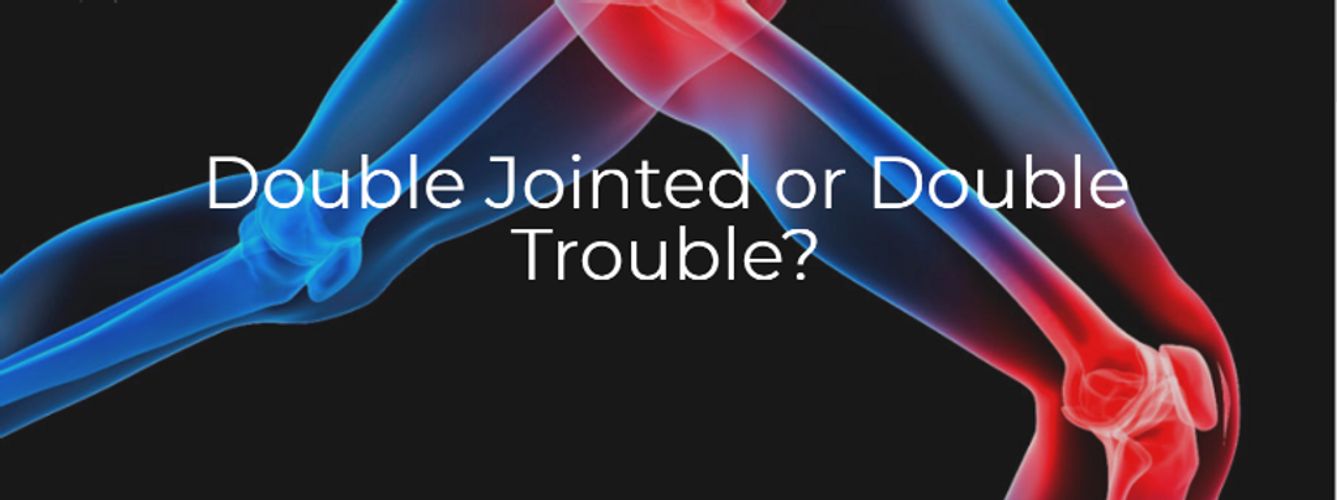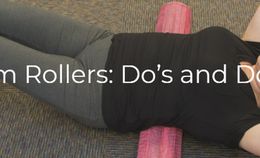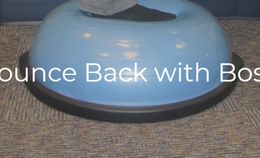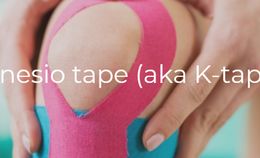Joint pain? Do you rely on pain medications because of ongoing pain in your knees or ankles The doctors might have ruled out arthritis, but another option remains on the table: benign joint hypermobility syndrome (BJHS).
Growing up, we all knew of someone who could bend or contort their bodies abnormally, claiming to be double jointed or just incredibly flexible. This flexibility is identified as hypermobility syndrome, where one's joints tend to move more freely than those who aren't hypermobile. Hypermobility syndrome is often inherited genetically, and is most prevalent in children and women (1).
A little extra flexibility is distinguished from BJHS by the non-specific joint pain across joints, which is associated with BJHS. This condition manifests as joint pain exacerbated by physical activity or repetitive use of the joint, and is especially prevalent in ankles or knees due to their weight bearing. BJHS is also identifiable by the associated dysfunction that can present throughout the body. If a joint moves too freely or in a manner in which it shouldn't, the body responds by engaging muscles to prevent said movement for joint stabilization.
In other words, muscles tighten and lock up by habit in order to protect a moving part; these are compensation patterns that can be problematic. Living with BJHS predisposes individuals to increased ligament and soft tissue injury and potential increases in fractures and scoliosis. The excessive motion of joints also places the individual at risk of osteoarthritis later in life (2).
However, the good news is that joint pain and hypermobility can be treated through exercise alteration and proper body mechanics. If the joints pose a problem in their instability, it behooves a hypermobile individual to undergo a strength program. Strengthening muscles around a joint through exercises, such as balance training, cause the muscles to fire, increasing proprioception, or bodily awareness of muscle use (3). In particular, balance training shows the greatest activation of muscles surrounding joints such as the knee or ankle, as the increased muscle strengthening provides stability and decreases the stress experienced by the joints.
Though exercise and balance training is important, it must be performed properly and with a purpose. Over strengthening a set of muscles can result in further imbalances in the body. For example, Dr. Haggquist recommends not only walking forward, but also backwards and sideways to promote muscle activation throughout the leg muscles, rather than only the quads and calf muscles being utilized, leaving out the glutes or hamstrings.
Often BJHS is overlooked as a secondary issue, and not addressed enough as a primary cause for joint pain. We at QuistMD provide a comprehensive recovery program balancing flexibility and strengthening with hands on therapy to aid you in overcoming any joint pains, and assist in preventing any further problems due to BJHS or otherwise. Call us at (202) 244-8222 or email [email protected], and we'll help you get started!
(1) Terry RH, Palmer ST, Rimes KA, Clark CJ, Simmonds JV, Horwood JP. Living with joint hypermobility syndrome: patient experiences of diagnosis, referral and self-care. Family Practice. 2015;32(3):354-358.
(2) Simpson MR. Benign joint hypermobility syndrome: evaluation, diagnosis, and management.JAOA. 2006;16(9):531-536.
(3) Hall MG, Ferrell WR, Sturrock RD, Hamblen DL, Baxendale RH. The effect of hypermobility syndrome on knee joint proprioception. Br J Rheumatol. 1995;34:121–125.
Authored by David Pitts, Jr.





















